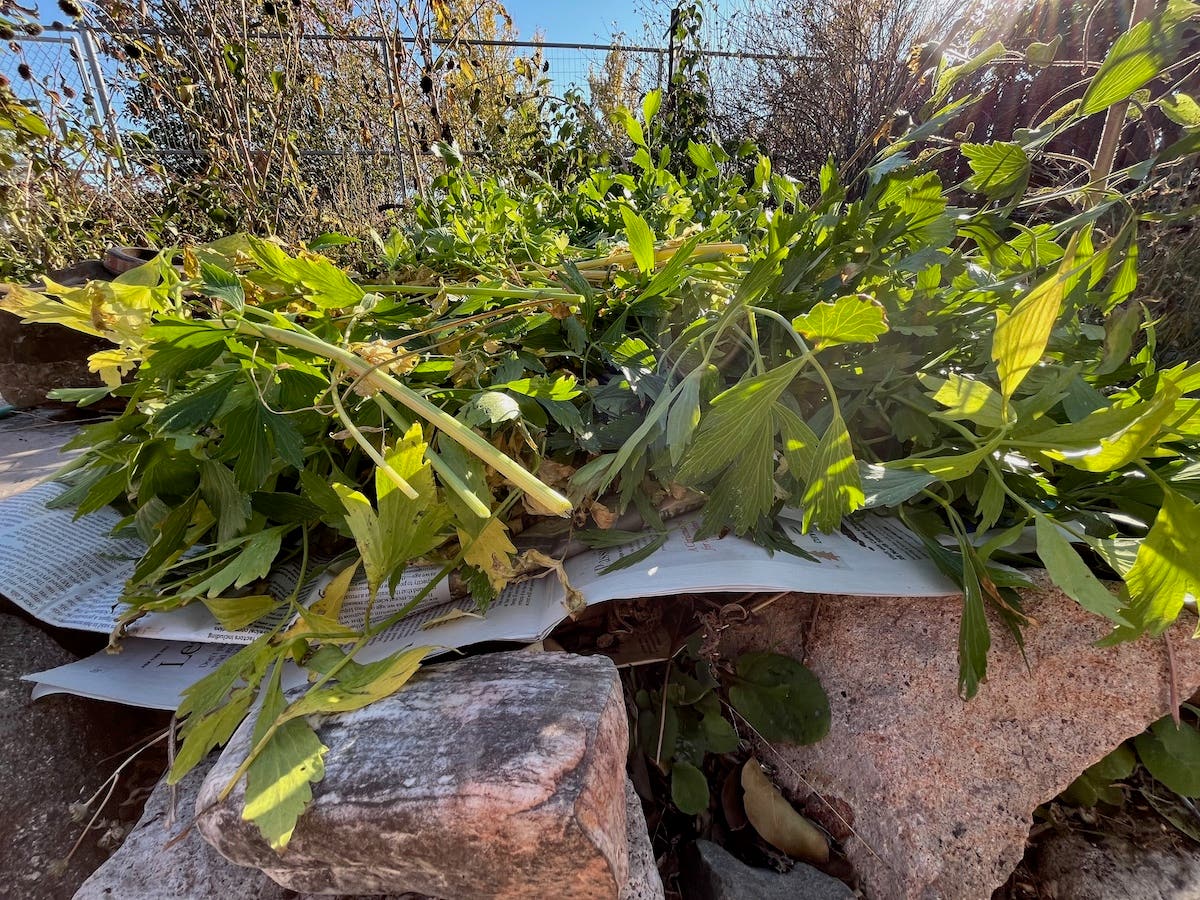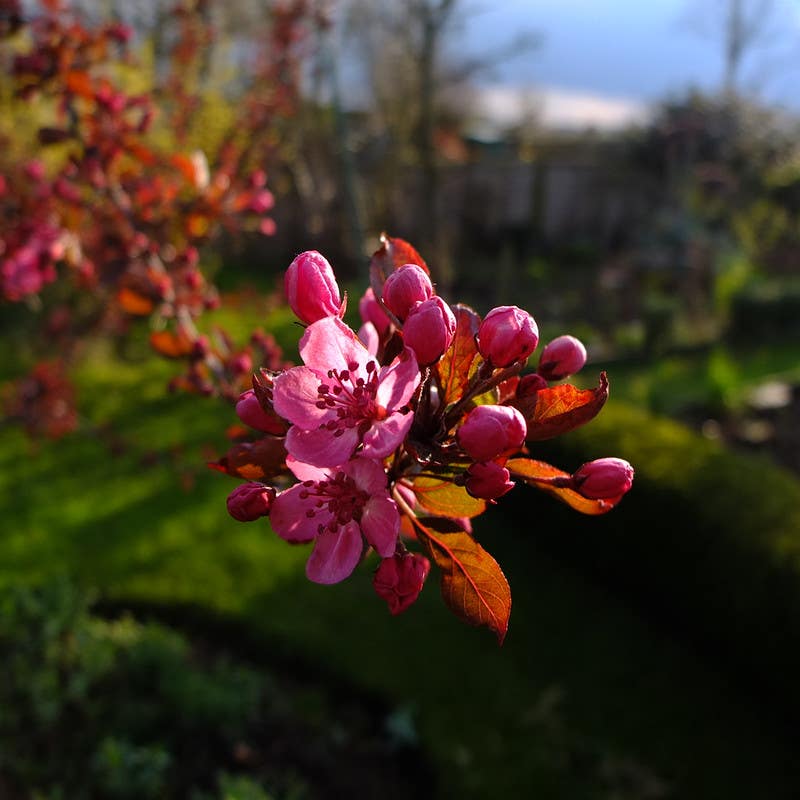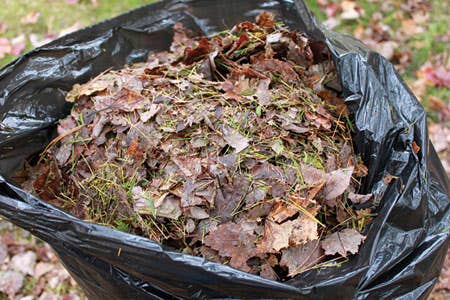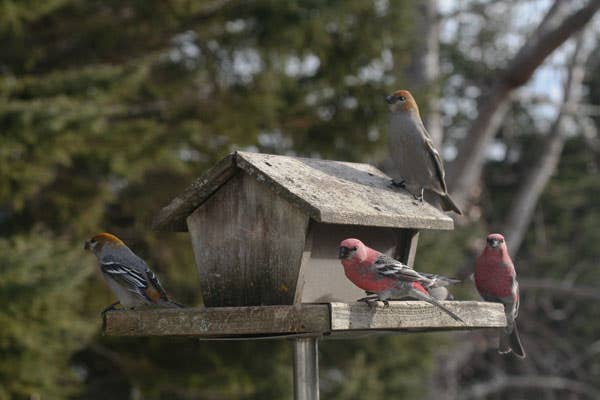Solutions for Managing Water
Effective water management often means the difference between gardening success or failure. Too much water, and the roots of your plant suffocate and die, or are subject to invasion by…
Effective water management often means the difference between gardening success or failure. Too much water, and the roots of your plant suffocate and die, or are subject to invasion by root rot fungi. Too little water, and your plant will die of drought. Even the method you choose to apply supplemental water can affect the incidence of disorders, pests or diseases in your garden.
Water properly. Apply water to the root zone of the plant, not the foliage. Fungi often, and bacteria and foliar nematodes always, need a film of moisture on the surface of the plant in order to infect the host. Some ways to water without getting the plant wet:
- Lay down soaker hoses. These hoses are permeable (leaky). They allow water to slowly drip out of their sides for the entire length of the hose. They are easily hidden from view under mulch.
- For hand watering, use any system that delivers water to the roots and not the leaves, such as hose-attached water wands or watering cans with a long thin spout to deliver water under the foliage.
- In your vegetable garden, dig furrows between the rows. Lay a hose at one end of each furrow; turn the water on to a slow flow and fill the furrow with water.
- Install drip-trickle watering systems that do not use overhead spray nozzles. This solution works best if you are just installing your garden, doing a major renovation or can install underground portions without destroying existing plants.
- For container plants, use a watering can or hose with a narrow tip and water directly on the growing media at the base of the plant.
Water wisely. To determine the right amount of water for a particular plant, read the tag that came with your plant, or consult a garden book to find cultivation instructions for a plant.
Allow the soil to dry out. Do not allow the soil to stay too wet for too long. This solution applies to plants in the ground as well as those in containers. Some root rot fungi, called water molds, thrive in soggy soil. Phythophthora and Pythium are the most frequently encountered genera of water molds. You do not need to identify the fungus to treat the problem, but overly wet soil stresses plants, making them susceptible to invasion by deadly pathogens. Most plants cannot tolerate these conditions, though aquatic plans (those that grow naturally in water, wetlands or bogs) may do fine.
Water molds and other fungi live freely in soil. They do not have to infect a host plant in order to survive, thus they are not obligate pathogens. But, given the opportunity to infect a plant, they will do so. All root rot fungi can be lethal. They are well able to kill fully mature trees as well as tiny seedlings.
Check drainage. Dig a hole near any area where the soil seems too wet for too long. This should be near any affected plant, but not so close that you will cut roots. Fill the hole with water and time how long it takes for the water to drain away. If it takes longer than an hour, then you need to improve drainage.
Improve drainage. Several techniques can improve drainage, and you must determine which choice best fits your situation.
- Dig a hole in the wet area. Make sure you do not cut the roots of your plant. See if a layer of clay, rock or other hard material prevents water from draining away. If so, dig through the layer to create a drainage hole. If that is not possible, choose another technique.
- Dig a drainage ditch to drain excess water away from the planting area. If you need a series of ditches, drains or sump pumps, consult an engineer or landscape architect. Local and state governments regulate how you treat wetlands and water run-off. Be aware of any regulations that apply to this technique.
- Plant in raised beds. Berms, containers, constructed beds and terraces stand above the natural soil level and all effectively constitute raised beds. Because raised beds are on top of the wet soil, they are better drained and help to prevent the problems presented by saturated soil.
- For plants in containers: do not allow the pot to sit in a water-filled saucer. Put supports under the pot to lift it above standing water; and allow the soil to dry out between watering.
Do not work with wet plants. Wet plants are most susceptible to invasion by bacteria, foliar nematodes and some fungi. Most bacterial pathogens require moisture to stay alive. Many move from plant to plant in flowering water, driving rain or splash up from the soil. Bacteria, foliar nematodes and many fungi need a film of moisture on the surface of the plant to infect the host. Do not handle your houseplants after watering them, if the foliage is wet.
This week's expert tip is excerpted from What's Wrong with My Plant (And How do I Fix it?) (Timber Press, 2009) by David Deardroff and Kathryn Wadsworth.
Image Credit: Wikimedia Commons
__________________________________________
Build your own eco-friendly drip irrigation system with the Eco-Friendly Irrigation Project download.
Find more advice for water management in Decoding Gardening Advice by Jeff Gillman and Meleah Maynard.
Learn more about how plants utilize water in Smart Gardening Series: Weather and Science.
Subscribe to our free gardening e-newsletters.







